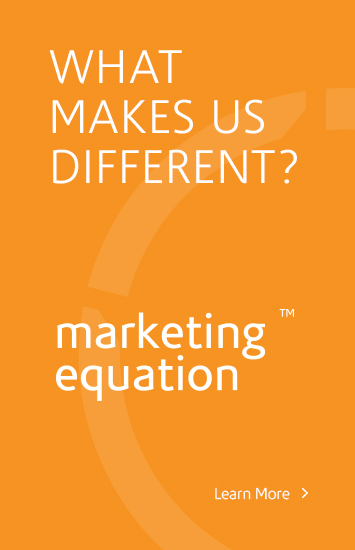Jun 7, 2013

The Evolution of Social Media
The rapid evolution of social media is nothing short of breathtaking. It may be difficult to believe that it is only as recently as four years ago that social networking really began to enter the mainstream. Described by Mashable as, “one of the most powerful vehicles for change the world has ever seen,” only the innovative few could have envisaged the rapid and unstoppable evolution of social media.
A lot has changed over the last decade or so. More people rely on their tablets and smartphone’s not only to connect with their friends and families, but also to keep up to date on the latest breaking news. People don’t have to read a newspaper to find out what’s going on these days. They don’t have to watch the ten o’clock news to find out about some major world event that happened at seven o’clock. They can find out, instantaneously, via social media and online networking using these gadgets and devices.
The phenomenal rate of the evolution of social media has not only helped to bring the world closer but it also does it in real time.
Let’s have a look at a brief timeline of the internet and the evolution of social media within it. We’ll start at the year,
2000 – Y2K. . . alright, it wasn’t the beginning of social media, but it was pretty close. Friends Reunited had been launched in the UK the previous year and began to get noticed as a way of getting into contact with old school pals. By Y2K there were more than seventy million worldwide computers connected online.
2003 – Saw the birth of such social media sites as LinkedIn–a social networking platform for professionals, MySpace was launched, too. By now there were more than three billion web pages (that’s a lot of zeroes!).
2004 – The arrival of Facebook, which began for Harvard College students. FlickR, the extremely popular website for image hosting, also started up in 2004.
2005 – A new version of Facebook was launched, aimed at high school students. YouTube arrived on the scene, and the web had expanded to more than eight billion pages.
2006 – Twitter arrived with the notion that you could get your tweets across in 140 characters or less. By this time, there were more than 25 billion web pages.
2009 – A quarter of the population of the Earth is estimated to be online.
2010 – Facebook users reached 400 million.
2011 – Make that 550 million for Facebook, plus 65 million Twitter tweets, and a couple billion videos viewed on YouTube each day.
2012 – The rapid evolution of social media shows no signs of stopping or slowing down. With one billion users on Facebook, alone, and advertisers actively enhancing their brand visibility using social “likes,” who knows where it will all end?

